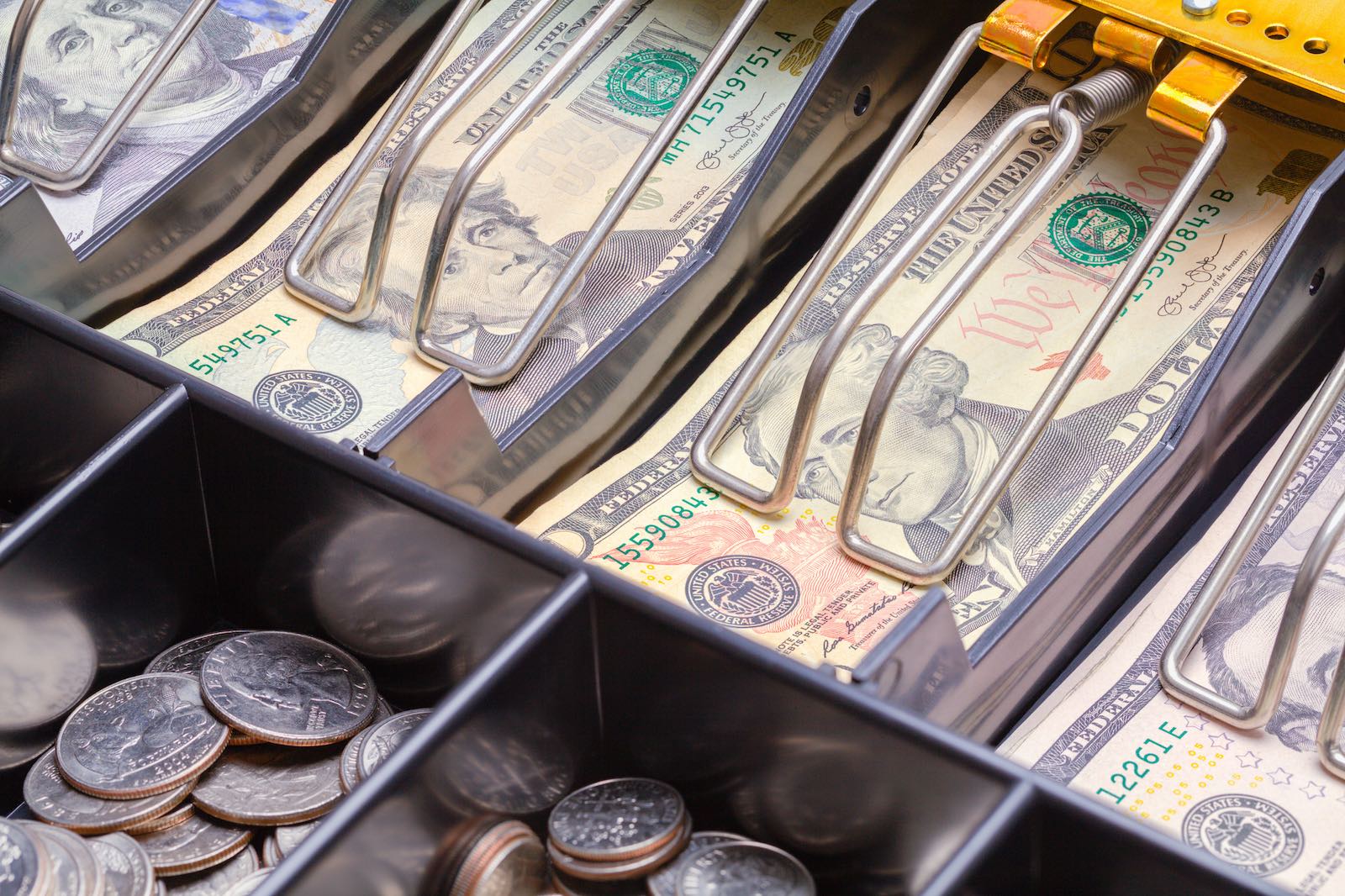According to the Diary of Consumer Payment Choice, an annual research report conducted by the Federal Reserve, cash accounts for 19 percent of all payments in the U.S. During the height of the pandemic, the amount of cash carried by consumers increased by $20, to an average of $74. Cash is especially popular for small-value transactions, representing nearly half of all payments under $10.
Initially motivated by customer convenience—but spurred into high gear during the pandemic and the resulting labor shortage—more businesses are offering cashless methods of payment. Self-service kiosks, online ordering through third-party apps, and payments through loyalty apps are increasingly common, and that’s a good thing for both consumers and restaurants. It’s helping operators streamline operations and manage labor, while offering a safe and convenient experience for health-conscious customers. But there’s more to the story than convenience and operational efficiency.
Not everyone has the ability to pay digitally. More than 26 percent of the U.S. population is unbanked or underbanked, which means they either don’t have a bank at all or don’t have access to electronic payment options such as debit or credit cards. That means restaurants that don’t accept cash are locking themselves out of almost one fifth of the consumer market. Particularly for quick-serve and fast casual concepts—where those small-value transactions are a frequent occurrence—this demographic represents a large portion of the customer base. Without cash payments as an option, they are more likely to seek out other establishments that can accommodate their needs. In recent years, many states and cities have introduced legislation that prohibits merchants from discriminating against cash-paying customers.
In addition to the fact that cash appeals to all ages and socioeconomic backgrounds, it’s private, secure, and durable—and can save the day in emergency situations, such as power outages and natural disasters that make electronic transactions prohibitive. Cash also eliminates security risks such as data breaches and identity theft associated with bank accounts and credit cards, as well as processing fees for operators. A 3 percent charge on credit card transactions makes a big difference for small businesses operating on tight margins.
Thankfully, just as electronic payment systems are evolving, so are cash management solutions. One such innovation is the SafePoint system from Loomis, which uses smart safes and armored trucks to streamline the cash management process.
It all starts with SafePoint Titan smart safes, which automatically count and secure cash until an armored car retrieves and deposits the funds at the designated financial institution. Rather than managers manually counting drawers with staff, creating deposits, and taking those deposits to the bank, the task is automated, which saves restaurant managers an average of 45 minutes to 1.5 hours per day. The business is provided with provisional credit from their banking partner until the funds are deposited.
“SafePoint is a type of technology that automates low value tasks at the unit level while providing more meaningful data so businesses can make better decisions at the corporate level,” says Lenny Evansek, senior vice president of national retail business development at Loomis. “It’s about being proactive and taking action rather than waiting for a crisis call.”
The SafePoint system has other important benefits, too. With its online account management solution, operators can remotely track and manage every step of the process from anywhere in the world. Virtual banking also streamlines the entire cash reconciliation process, particularly for smaller operators. While large corporations may have relationships with several banks, smaller and mid-sized chains and franchises are more apt to struggle to make time for managers to visit smaller branches which may require more driving time. In the current landscape, it’s critical that restaurant managers stay on site as much as possible so they can navigate unexpected challenges.
The bottom line? Yes, times are changing and technology is making it possible for consumers to conduct financial transactions in new and exciting ways. But cash isn’t going anywhere—especially in the quick-service restaurant industry. Virtual banking is a win-win for all parties: The restaurant continues to serve cash-paying guests, customers can protect their privacy and pay in the way that works for them, and managers don’t have to spend time counting tills in the back office, freeing them up to handle other, more important tasks.
Evansek says, “The digitization of cash will fulfill the payment needs of consumers and offer less costly and more automated ways to manage it for the companies who serve tens of millions of customers on a daily basis.”
For more information about how the Loomis SafePoint system works, visit the Loomis website.
By Davina van Buren













